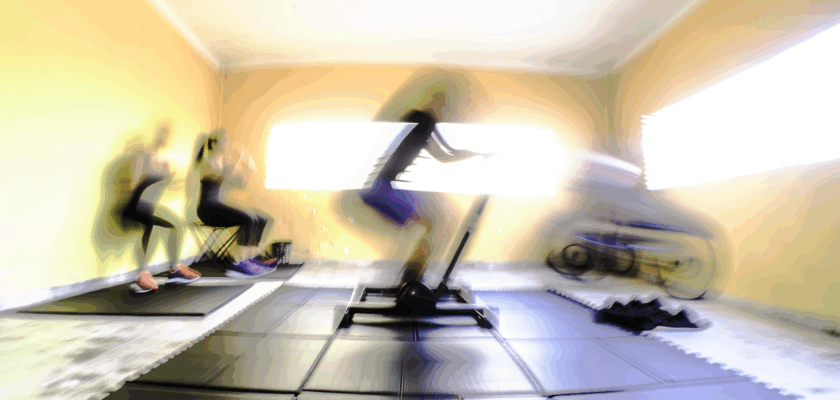High-intensity interval training (HIIT) has become a popular fitness approach for those seeking fast, effective workouts without the need for extensive equipment or space. However, many people living in apartments or with limited room often feel constrained when it comes to exercise options. Fortunately, a well-structured 20-minute HIIT routine can be performed efficiently in small areas, delivering both cardiovascular and strength benefits. This article explores a compact yet powerful HIIT workout designed specifically for limited spaces, along with the key exercises that maximize efficiency in tight quarters.
Efficient 20-Minute HIIT Routine for Limited Spaces
When space is limited, the key to an effective HIIT workout lies in selecting movements that require minimal room but still engage multiple muscle groups. A typical session can be broken down into intervals of 40 seconds of intense exercise followed by 20 seconds of rest, repeated for a total of 4 rounds. This timing structure ensures you maintain high energy output and maximize calorie burn within a short timeframe. Importantly, the routine should include a combination of cardio-intensive moves and strength exercises to provide a comprehensive full-body workout.
To start, a 3-5 minute warm-up is essential even in small spaces. Activities such as jogging in place, arm circles, or gentle bodyweight squats prepare muscles and elevate heart rate gradually. Following the warm-up, exercises like jumping jacks, mountain climbers, and squat pulses can be performed without requiring large floor space. The transitions between these exercises should be quick to keep the heart rate elevated, enhancing the cardiovascular benefits and improving endurance.
Cool down and stretching remain critical components of the routine, even after a brief session. After completing the 20 minutes of high-intensity work, taking 3-5 minutes to stretch major muscle groups helps reduce soreness and promotes flexibility. Stretching exercises such as standing hamstring stretches, shoulder rolls, and calf stretches are ideal to perform within confined spaces, allowing you to close the session safely and effectively.
Key Exercises to Maximize Small Area Workouts
Selecting the right exercises is crucial when working out in tight quarters. Bodyweight exercises that combine strength and cardio are best suited for small spaces as they require minimal movement in terms of horizontal or vertical travel. Movements like high knees and burpees not only elevate heart rate but also engage multiple muscle groups, offering a time-efficient way to torch calories and build muscle.
Another highly effective exercise is the plank with shoulder taps. This move strengthens the core, shoulders, and arms while requiring only a small area on the floor. It also challenges balance and stability, which adds a functional fitness element to the workout. Similarly, wall sits are an excellent way to target the lower body without needing extra space, helping develop strong quadriceps and glutes through an isometric hold.
Finally, incorporating dynamic lunges or squat variations such as sumo squats helps maintain muscle engagement and flexibility without requiring much room. These exercises improve lower-body strength and mobility while keeping the workout diverse. By mixing these movements strategically within the HIIT format, you can achieve a challenging and efficient workout that fits comfortably within the constraints of a small living space.
A 20-minute HIIT workout tailored for small spaces proves that an effective fitness routine does not require a large area or elaborate equipment. By focusing on bodyweight exercises that maximize muscle engagement and cardiovascular output, individuals can maintain their health and fitness goals regardless of spatial limitations. With proper warm-up, structured intervals, and a mindful cool down, this compact HIIT format offers a practical solution for busy lifestyles and confined living environments. Whether you live in a studio apartment or simply prefer working out at home, these small-space strategies ensure that fitness remains accessible and efficient.

